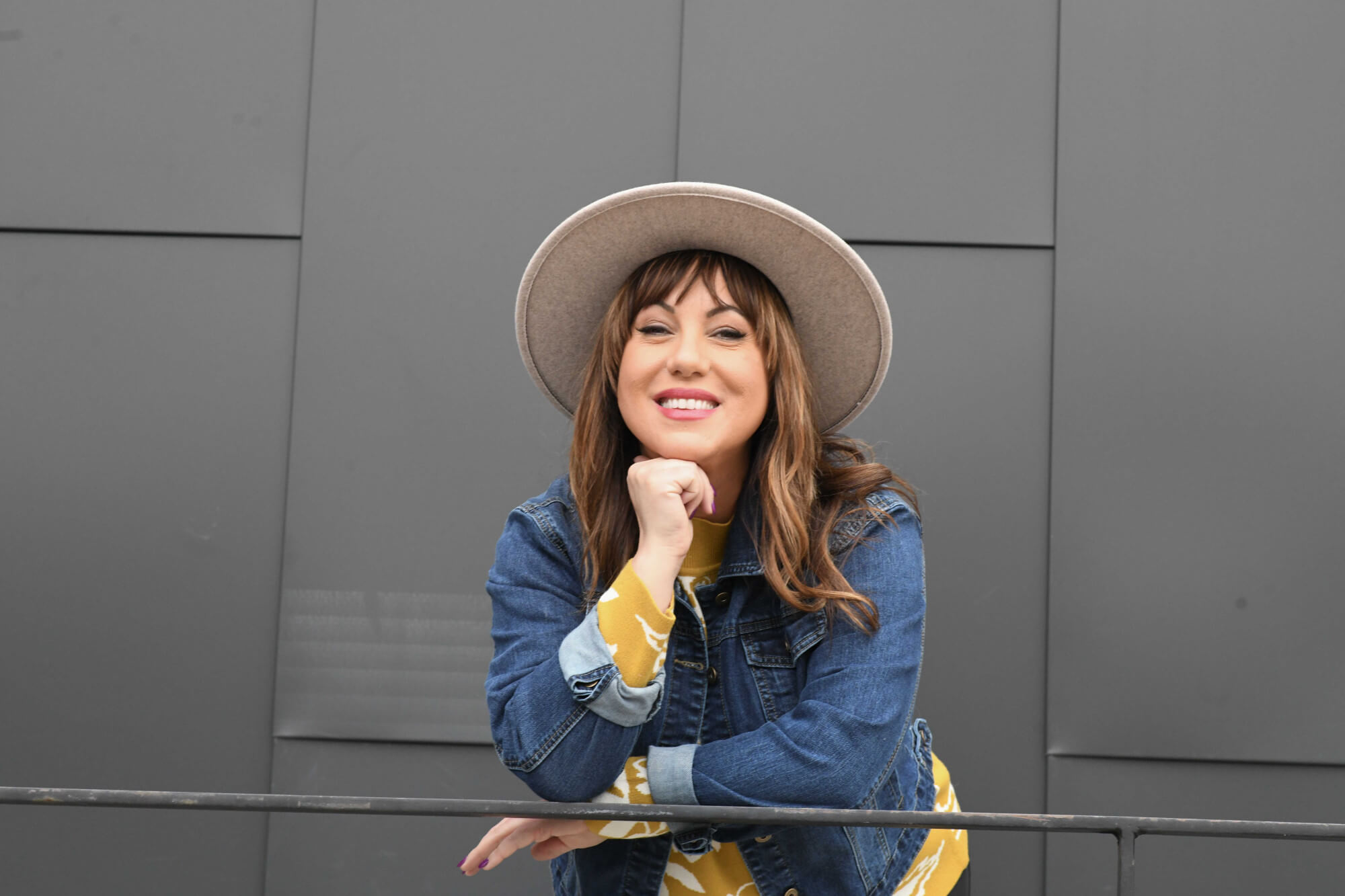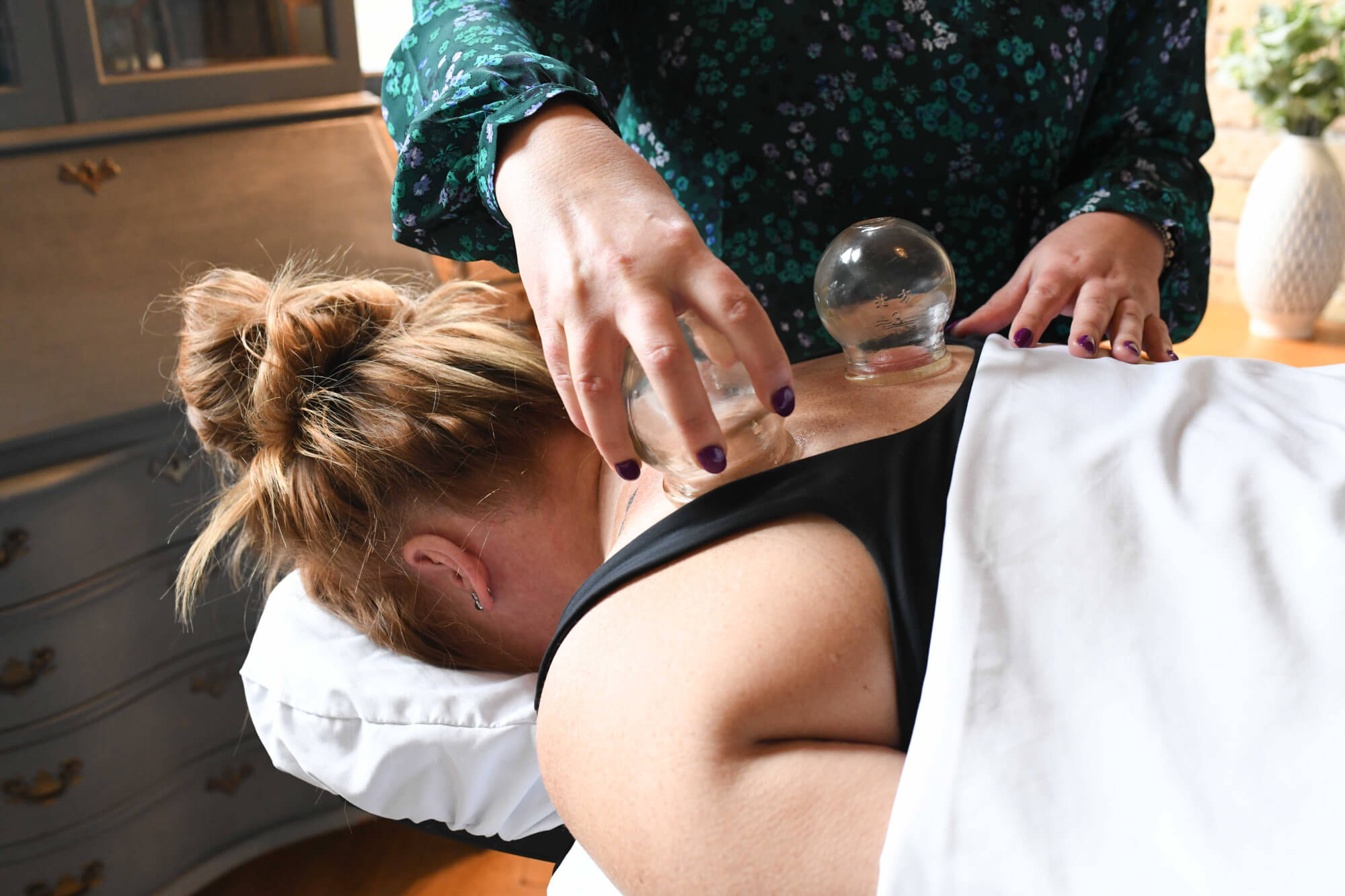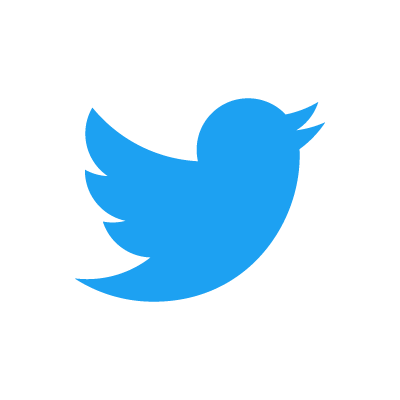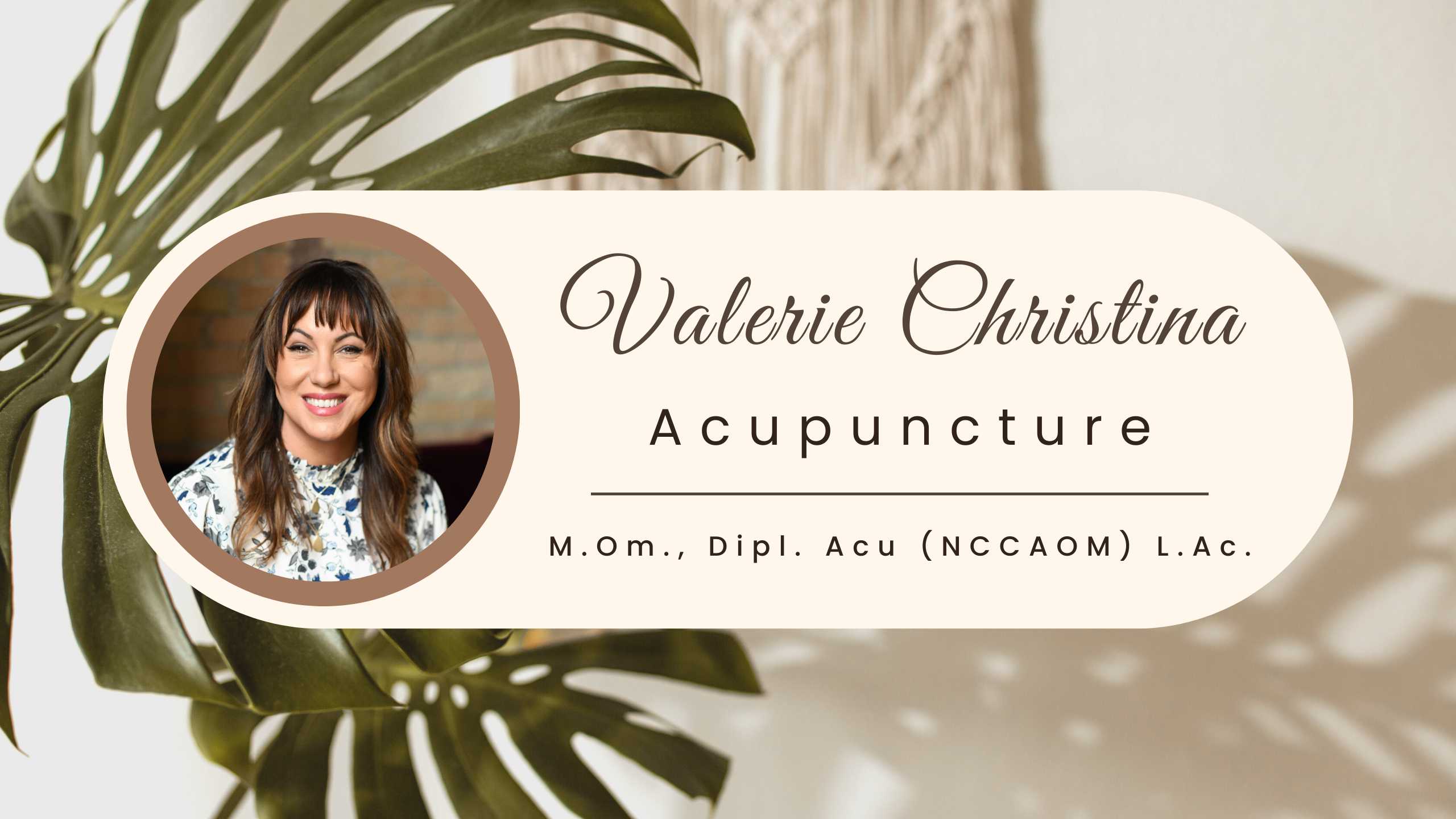HI, I’M VALERIE CHRISTINA
M.OM., DIPL. ACU (NCCAOM) L.AC
After years of struggling with stress, anxiety, and migraines, I decided to take control of my life and heal my body from the inside out. This first step of my healing journey led me to acupuncture. I now use these same powerful techniques to help others heal and rebalance their mind and body.
As I continue to learn new approaches to healing the body naturally, my scope of practice has expanded to include sound therapy and somatic breathwork techniques that offer complementary approaches to balancing the body and nervous system from years of stress.




My Experience
From Hospitals to Community Outreach
My experience has taught me a lot about people, the mind, and how our bodies hold pain, stress, and trauma over time. My methods and healing modalities offer you the tools you need at each step along your healing journey.
WHY ACUPUNCTURE?
Acupuncture can be used in conjunction with other forms of care to speed healing and rehabilitation after emotional trauma, health crisis, or pain syndrome. In some cases, acupuncture can provide resolution of symptoms effectively enough to prevent the need for surgical intervention
IS ACUPUNCTURE AND HERBAL MEDICINE REGULATED?
The National Certification Commission for Acupuncture and Oriental Medicine (NCCAOM) provides national board certification for Acupuncture and Herbal Medicine practitioners.
The minimum level of training to qualify for board certification is at least 2,625 hours (4 years of full-time study) of didactic and clinic coursework in both acupuncture and Chinese herbal medicine.
In most states, this level of education is a master's level program.
Each state also requires certification. In Minnesota, acupuncture is regulated by the MN Board of Medical Practice.


HOW LONG ARE THE NEEDLES LEFT IN?
An in-depth intake with which the practitioner can make a diagnosis and treatment plan. Acupuncture needles are commonly left in for 20-30 minutes with the overall treatment session lasting 60 minutes.
HOW SHOULD I PREPARE FOR MY TREATMENT?
- avoid acupuncture directly following or before strenuous activity
- Eat at most, two hours prior to treatment
- drink plenty of water before AND after
- Make sure you’ve used the restroom before needling
- Wear comfortable clothing
- Turn off your cell phone
- Notify your practitioner if you have a history of fainting or needle sickness, ear seeds can be used in place of needles
HOW FREQUENT SHOULD I RECEIVE ACUPUNCTURE?
The frequency of treatment can also vary and is customized to your healthcare needs. Once a problem has been resolved. a patient may choose to continue with periodic health maintenance treatments once per month or once per season. The time span of a treatment plan may also vary depending on the condition being treated.
WORLD HEALTH ORGANIZATION'S LIST: Top 40 conditions that respond to acupuncture
The World Health Organization recognizes acupuncture as an effective therapeutic approach and has named over forty conditions that respond favorably to acupuncture. Follow the link to learn more!

ADDITIONAL MODALITIES
In addition to acupuncture, your treatment plan may also include:
- Electro-stimulation- mild electrical current attached to two needles in the body. Typically used to stimulate nerves and reduce pain.
- Cupping- the use of fire and glass cups to create a suction cup on the skin. The cups aid in pulling toxins to the surface so that the lymphatics can move them out of the body.
- Moxibustion- the burning of the herb mugwort over points on the body to help add warmth and increase circulation to desired areas of the body.
- Tui’na- bodywork techniques used to increase circulation and alleviate pain. Also commonly used to boost immunity and expel pathogens as well as aid in digestion and range of motion. May involve traction and acupressure.
Current Science
Modern Research & Acupuncture
Acupuncture has been employed as a healthcare modality for over 5,000 years. Modern science has just begun to understand the secrets of this ancient medicine with the support of new studies conducted by leading scientists, hospitals, and medical research facilities from all over the world. Today, acupuncture is receiving wide acceptance as a respected, valid, and effective form of health care.
In China, a February 2013 study conducted by the Clinical Journal of Pain concluded that low back pain, the most common musculoskeletal problem, can be relieved by acupuncture with little to no adverse side effects. 1
In a systematic review published by Spine Journal, acupuncture has been shown to have significantly favorable effects on chronic low back pain. In the systematic review, 32 different studies were compared, and 25 of those studies provided relevant data to come to this conclusion. Actual acupuncture treatments were compared with sham acupuncture treatments throughout the study in order to obtain the results.2
In addition to its effectiveness in pain control, acupuncture has a proven track record of treating a variety of endocrine, circulatory, and systemic conditions.
The BMJ in 2013 reported acupuncture and moxibustion can increase the success rate of in-vitro fertilization and increase the number of viable pregnancies when embryo implantation has failed. The additional benefits were listed as receiving no adverse side effects and contraindications as a result of receiving acupuncture and moxibustion treatment.3
In Italy, a 2016 study involving 190 breast cancer patients proved acupuncture can eliminate the need for additional drugs and is an effective method in improving the quality of life of women who have breast cancer. Acupuncture was shown to be an effective force in managing hot flashes the women received as a result of the cancer. 4
A 2016 study published by The Cochrane Review concluded acupuncture treatments can not only relieve the pain associated with headaches, but it can also help to control or prevent migraines before they happen. Out of the 22 trials conducted, considerable evidence was shown that in addition to prophylactic drugs, acupuncture should be highly considered for migraine treatment and prevention.5
Current ResearchAcupuncture works as an effective alternative and adjunct treatment modality. It is a safe, effective and natural approach to help regain and maintain health and well-being.
Copyright Valerie Christina Acupuncture





